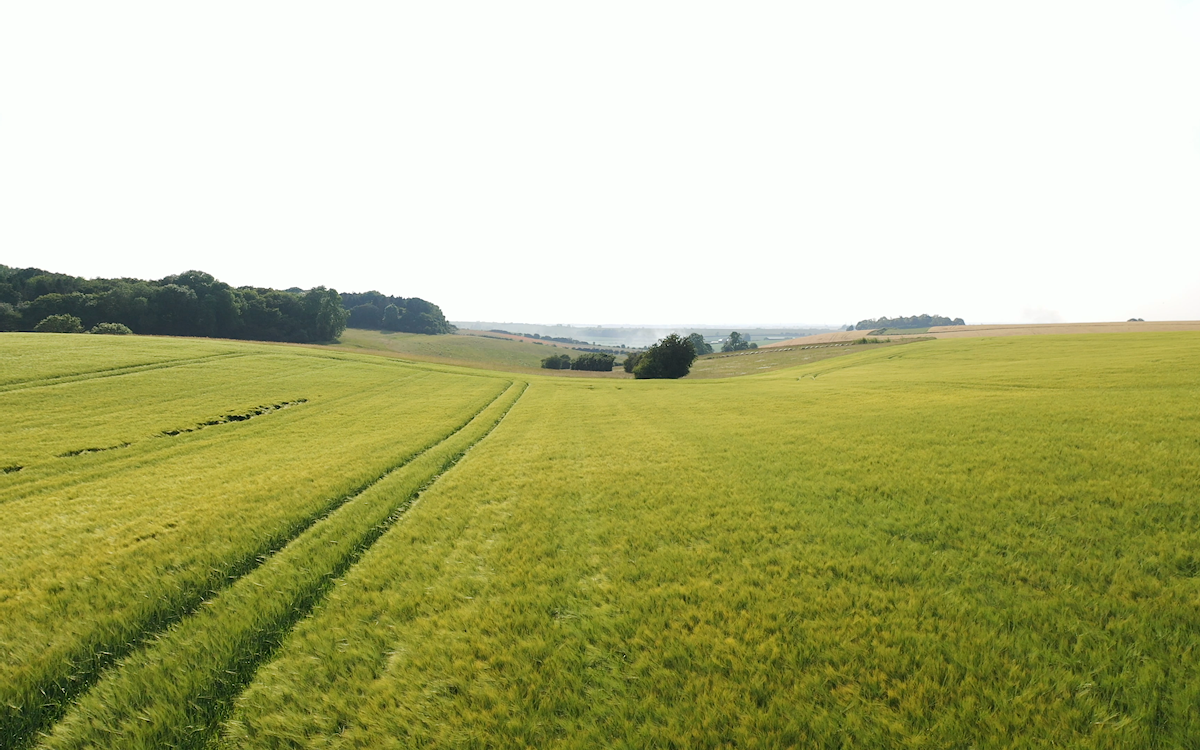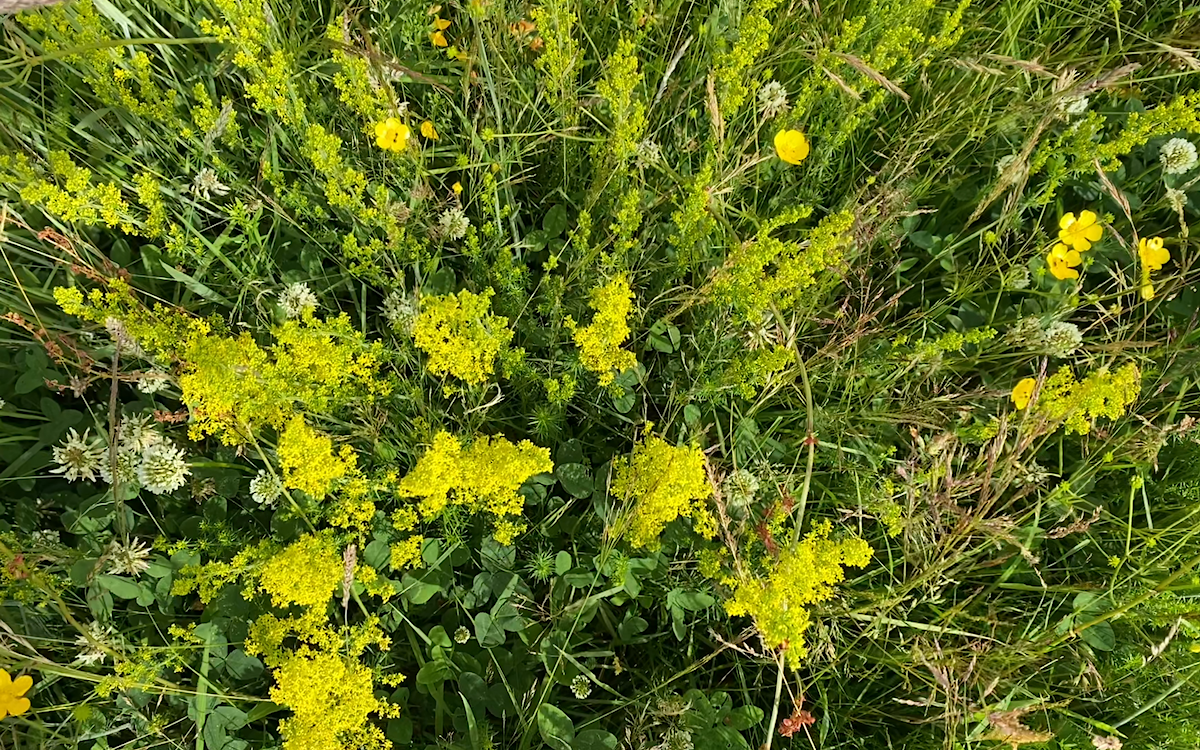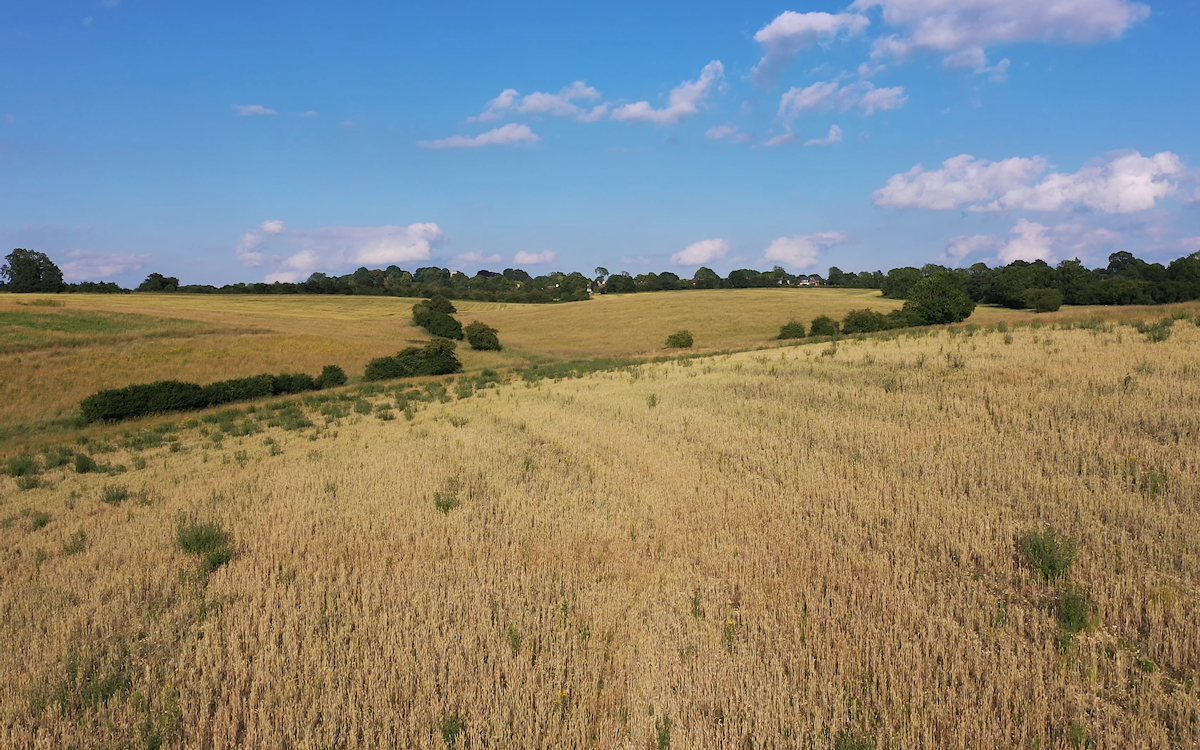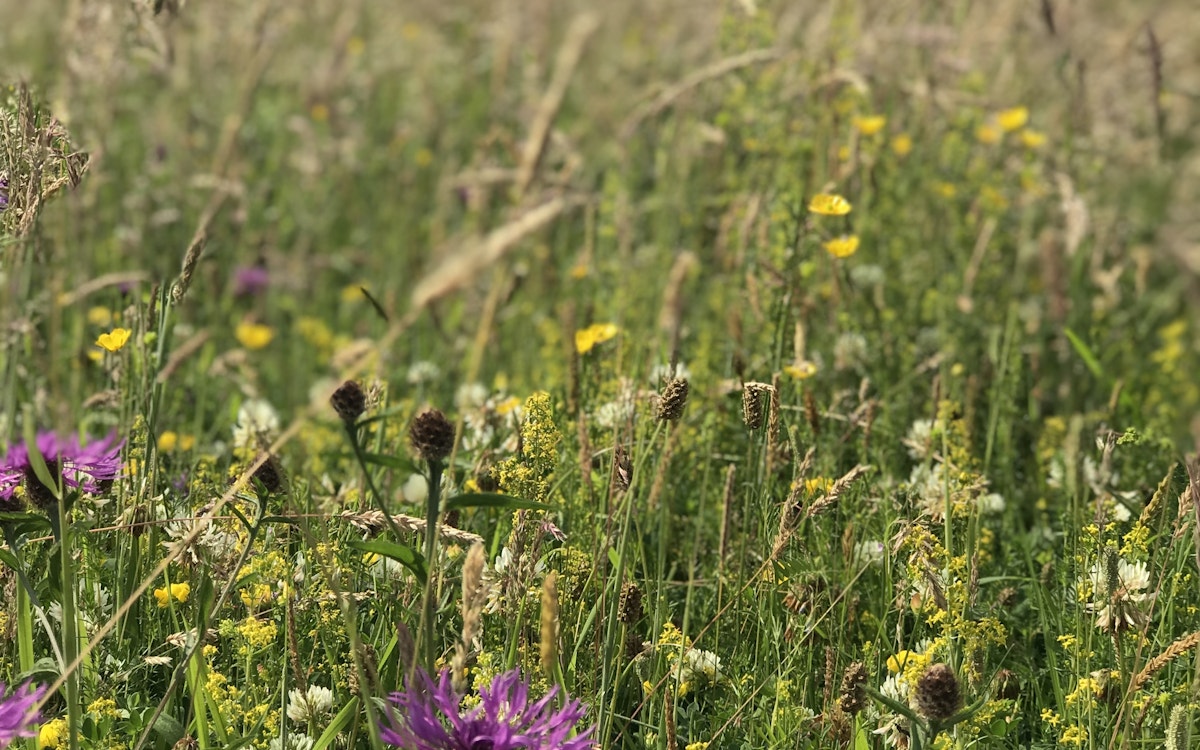Sandon Estate
Rewilding wood pasture and wetlands in Hertfordshire.
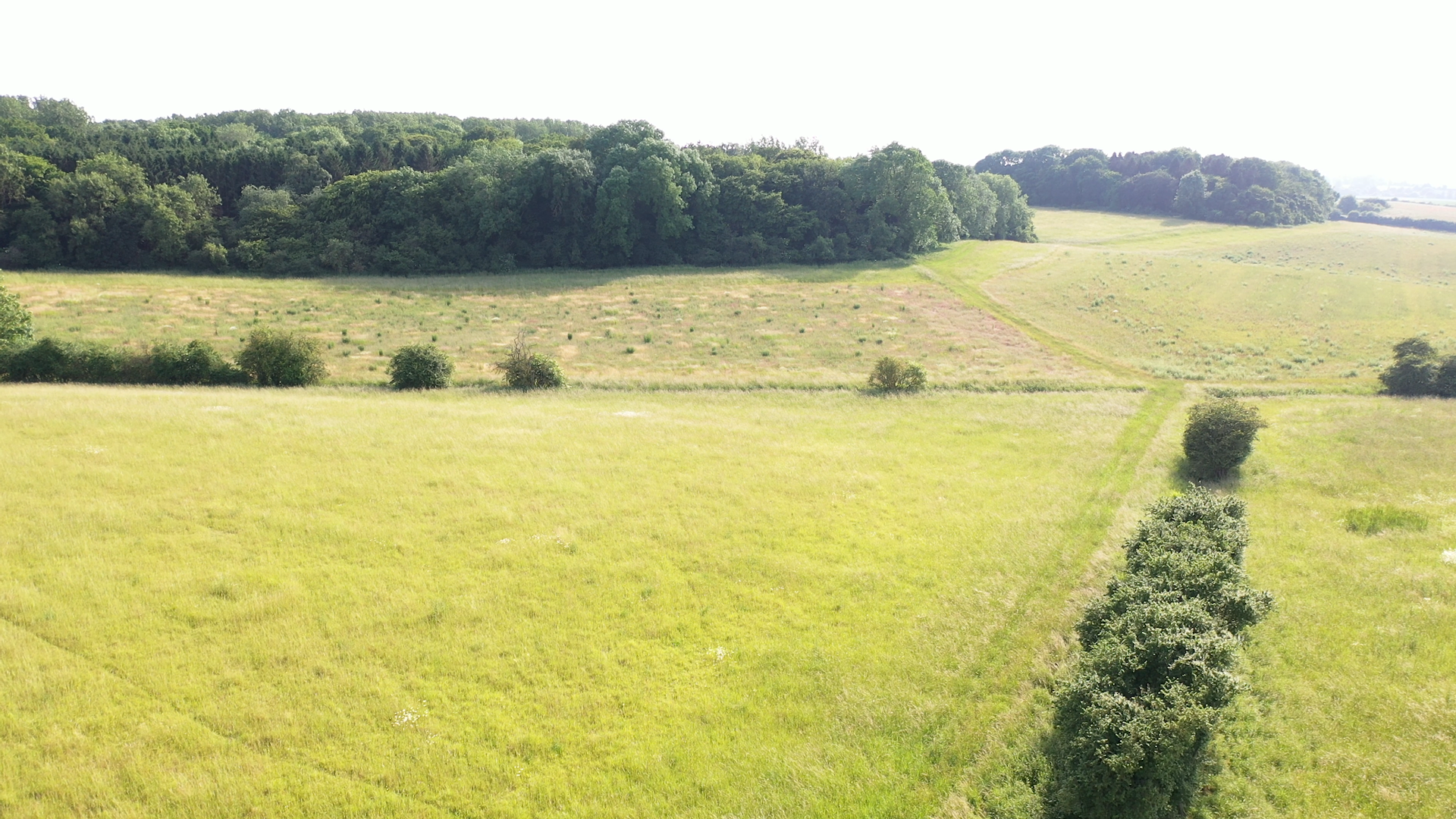
The project area has historically supported mixed woodland and arable fields which provided the majority of the income for the estate. Rising input prices and long term trends of falling commodity prices meant that many of the less productive fields on the estate were no longer profitable. Starting in the mid 90s, smaller fields and those with poorer soils were taken out of production. In 2021, the estate adopted a new rewilding approach to create and restore traditional woodpasture and wildflower meadows, improve biodiversity and create an opportunity for visitors and local communities to enjoy.
The proposals for the site include restoring the river and streams to improve water quality, natural flood management and natural meanders. In addition, new wetlands and pond creation is proposed to restore a mosaic of habitats across the project. Some tree planting will also be undertaken to supplement natural regeneration of woodlands and to kick start a wood pasture landscape. In the future, once habitats have been restored across the project, low numbers of grazing animals will be introduced to mimic natural disturbance and grazing regimes.
Rewilding will aim to enhance the existing weddings and tourism offerings across the project, connecting these visitors with thriving wild areas.
NATURE BASED ENTERPRISES
The main nature based enterprises for the project are holidays and weddings. These provide opportunities to bring in new funding that can be used to support the rewilding proposals across the project area.
KICK-STARTING REWILDING
The Estate is working with the Environment Agency to restore the hydrology of the site. All of the watercourses on the site have been historically straightened and diverted down the side of fields. Water in the main watercourses is being freed from constraining ditches and allowed to flow onto the flood plain where wetlands and scapes will be created. When the restored site floods there will be an increased filtration and retention of the flood water which will improve downstream water quality and reducing flooding. In addition, land drains are being intercepted to create an extensive network of wildlife ponds.
Most of the land has been in arable production for 70 years, therefore is unlikely to support a viable seed source for wildflower meadow regeneration. Fortunately, parts of the estate sit on thin, nutrient poor, chalk soils which are ideal candidates for wildflower meadow restoration. Wildflower seeds, collected from local nature reserves, have been planted on the estate in areas with matching soil types. These areas will be intensively managed in the first 3 – 5 years with a cut-and-remove and targeted grazing regime to reduce nutrient levels and improve establishment. Once the wildflower meadows become more resilient, interventions will be reduced and natural processes allowed to take over. The new native wildflower meadows, as well as being great for biodiversity in their own right, will also serve seed donor sites for the rest of the project.
The west side of the estate contains remnants of an old wood pasture called Julians which was felled in the first half of the 20th century to make way for arable farming. The park will be recreated by planting trees in locations identified on the 1878 OS Map of the area.
future plans
- Grazing strategy plan to be developed.
- Continue bird, vegetation and deer monitoring with the help of local groups and volunteers.

The Rewilding Network
The Rewilding Network is the go-to place for projects across Britain to connect, share and make rewilding happen on land and sea.
More about Sandon Estate
Find out more about Sandon Estate on their website.
